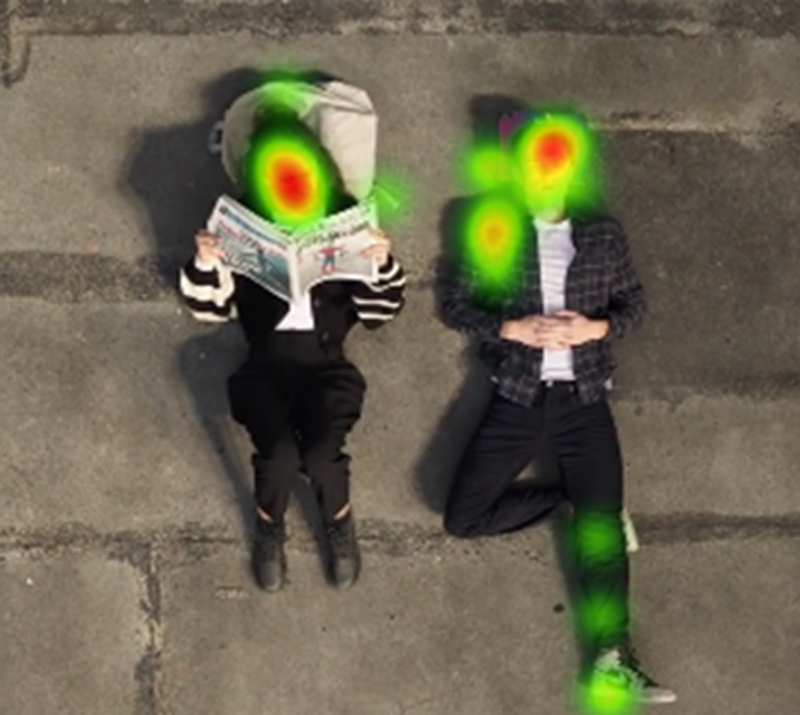Case Study:
Spider-Man: NO Way home
How can neuromarketing replace A/B testing and resolve inconclusive survey results?
The Problem
We wanted to know which of two similar trailers was most effective for the movie Spider-Man: No Way Home, but when we asked, results were inconclusive.
The Solution
We used a suite of neuromarketing sensors to measure non-conscious reactions to the two trailers and accompanying posters giving us a second-by-second analysis on how they performed.
The Results
We showed which trailer was more effective, and uncovered unexpected trends in attention that will help create better movie promotions in the future.
What we did:
![]()
![]()
![]()
![]()
![]()
Using a suite of neuromarekting technology, we were able to track what caught people’s attention and who it made the most impact on.
Key Takeaways:
The Peak-End Rule
When it comes to trailers, the Peak-End rule is very important. People are likely to remember the most emotionally engaging and most recent moments more than all the others. Here’s a video showing how our participants responded to the peak moment of the trailer that performed the best. Note how many of the sensors show increased activity simultaneously.
The Impact of Gender
When we compared these posters, women had an agnostic response, but men showed significantly more “approach activity” via EEG measures indicating they liked the one on the right far more.

This is likely because the poster on the right featured Zendaya.

Gender + Product Placement
We also noticed that some product placement strategies in these trailers were particularly effective. Notice how men looked at Zendaya’s face and Tom Holland’s shoes, while women looked at Tom’s face and Zendaya’s shoes.
MEN

WOMEN

